13 Top Secrets of Donor Thank You Letters Revealed
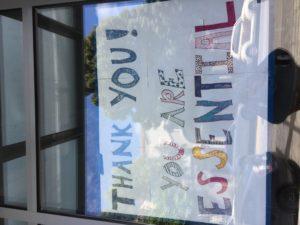 What do you spend more time on? Asking or thanking?
What do you spend more time on? Asking or thanking?
The lion’s share of nonprofits spend more time asking. It’s a BIG mistake. Don’t get me wrong. I’m not here to shame or blame you. Of course you have to ask. The number one reason people don’t give is they aren’t asked. And …
The number one reason donors don’t give again is they aren’t properly thanked!
Believe me, most donors aren’t sticking around. Your own retention rates may be better or worse than average (do you know them?), but generally only 19% of new donors give again. For ongoing donors, it’s just 45%.
The time to nip this in the bud is now.
Did you know a study from Charity Dynamics and NTEN found 21% of donors say they were never thanked at all? My hunch is some of these supporters did receive something from you, but it was so perfunctory they didn’t really take notice. Maybe you just send a receipt. Or took them to a thank you landing page; then called it a day. Or maybe they received a brief, formal email that confirmed the gift, but didn’t make them feel particularly special.
If you don’t have a killer thank you letter prepared to send to the folks you hope will be giving to you between today and the end of the year, now is the time to right this wrong.
If you thank well you’ll see retention rates increase significantly.
In fact, research from Penelope Burk, author of Donor-Centered Fundraising, found 70% of donors reported they would increase their giving if they received what they needed from you.
Brilliant, warm, authentic, personal communication stands out and leads to renewals. And this is a much less expensive strategy than new donor acquisition, which costs from $1 to $1.25 to raise a dollar. Whereas renewing a donor costs only 20 cents on the dollar.
By now you may be thinking: Sounds good, but how do we stand out? There must be some specific strategies that incline donors towards giving again, but what are they?
Today I share my top secrets with you. They’re simple and foolproof.
Ready?
Details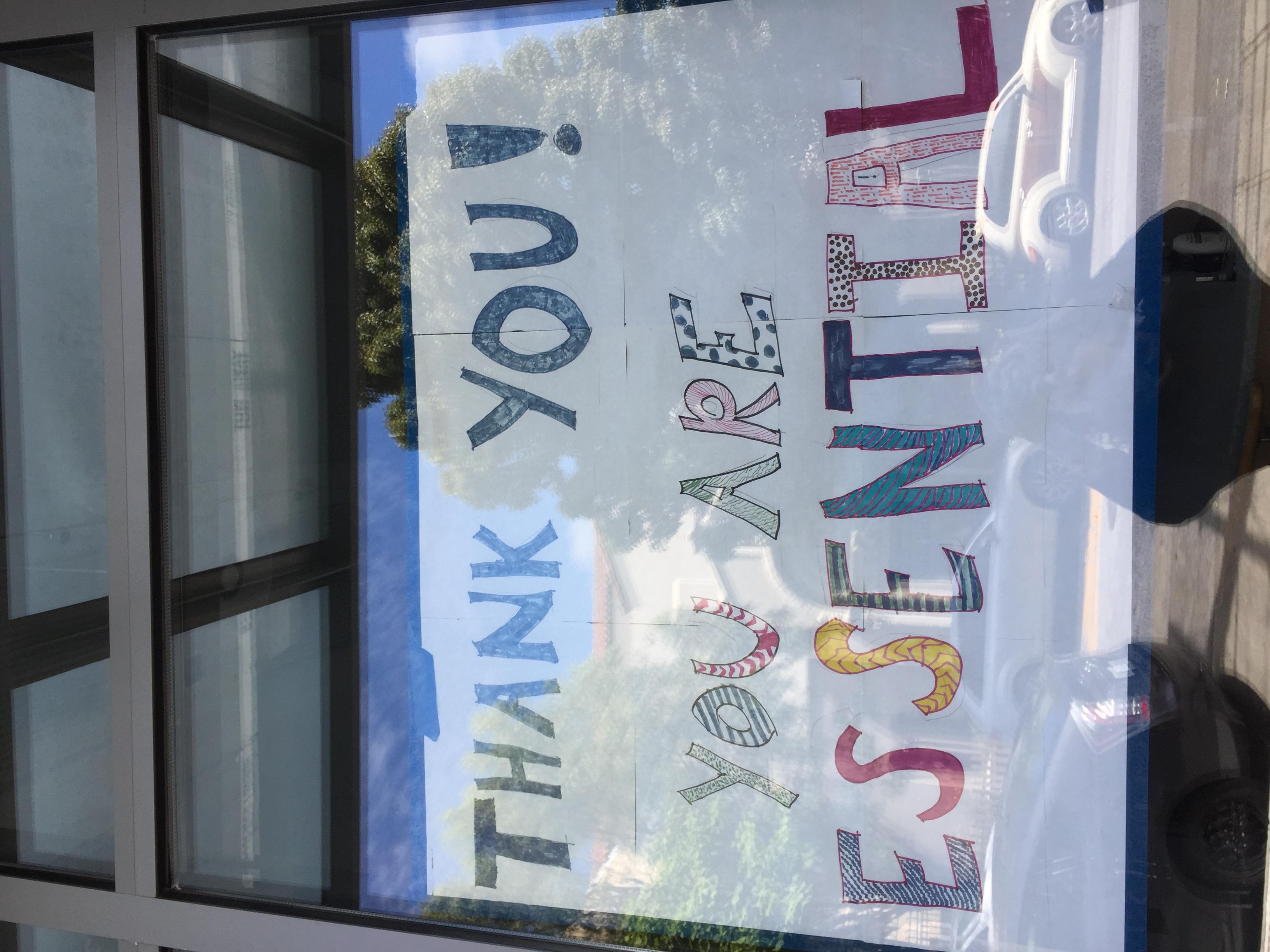



 TRUTH BOMB:
TRUTH BOMB: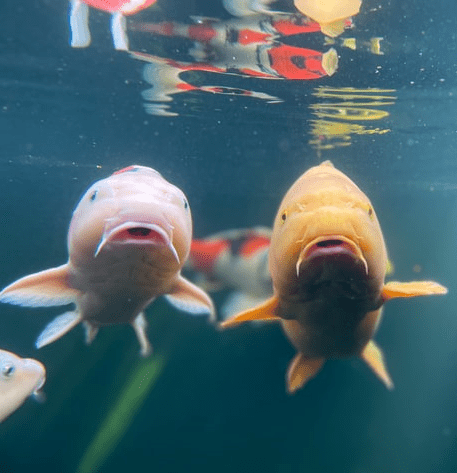
 Are you in the right pond?
Are you in the right pond?

 When you’re not aware you’re making a mistake, it’s hard to avoid it.
When you’re not aware you’re making a mistake, it’s hard to avoid it.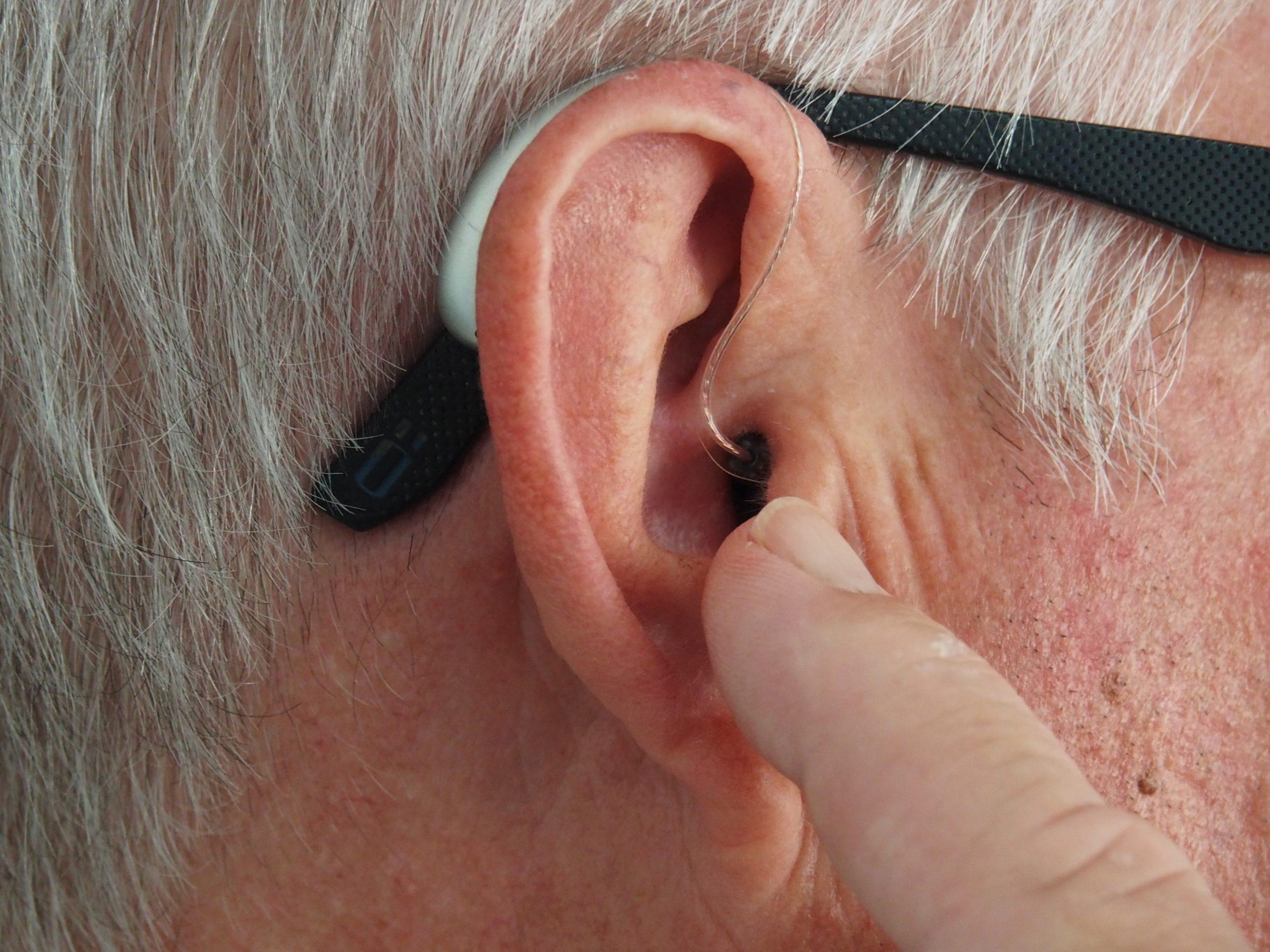
 I recently wrote about
I recently wrote about 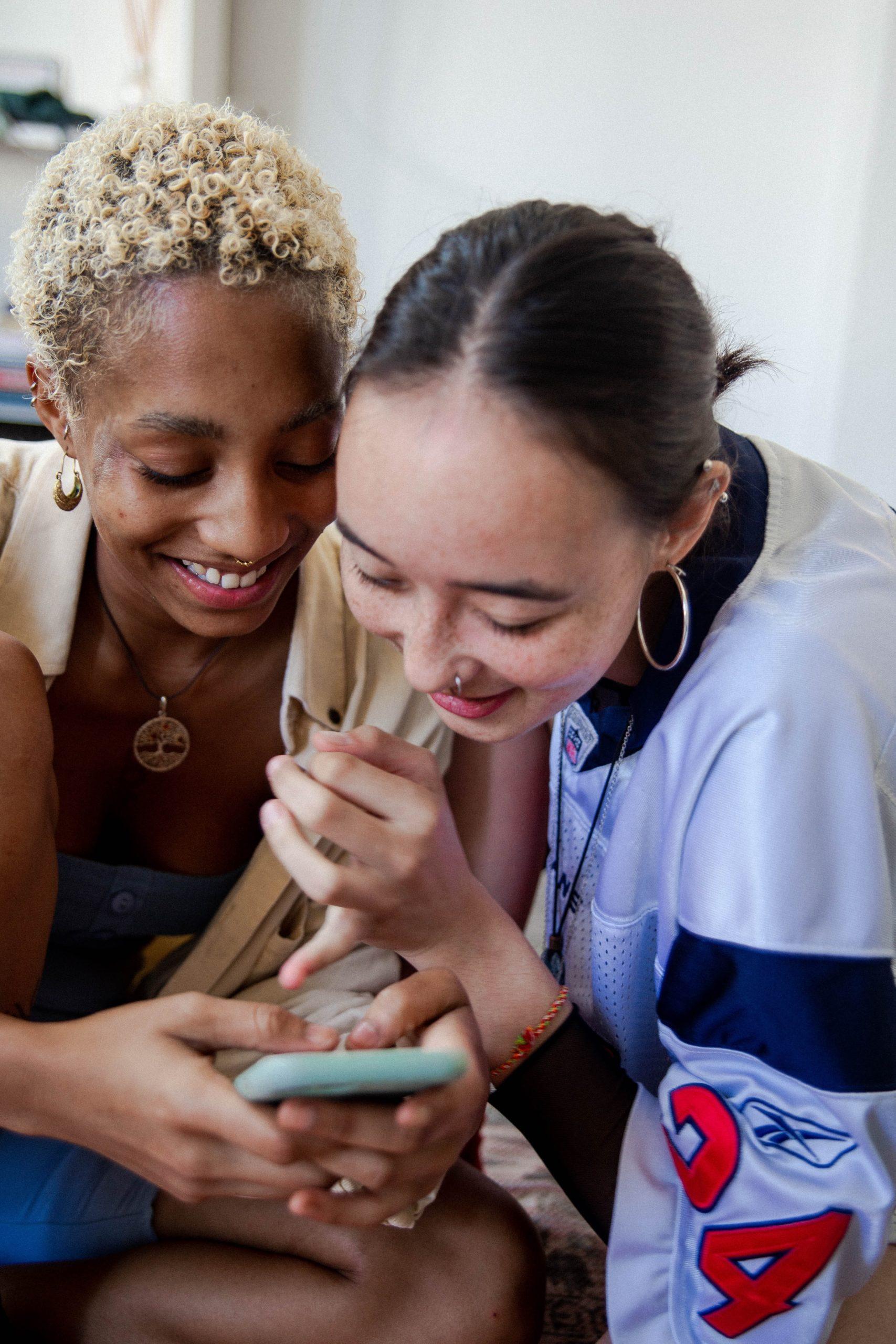
 Text messaging is becoming an increasingly important fundraising tool. Why? One of the reasons is U.S. adults now spend 10.5 hours/day consuming media. With all the competition for your donors’ attention, there’s a need to cut through the clutter.
Text messaging is becoming an increasingly important fundraising tool. Why? One of the reasons is U.S. adults now spend 10.5 hours/day consuming media. With all the competition for your donors’ attention, there’s a need to cut through the clutter.